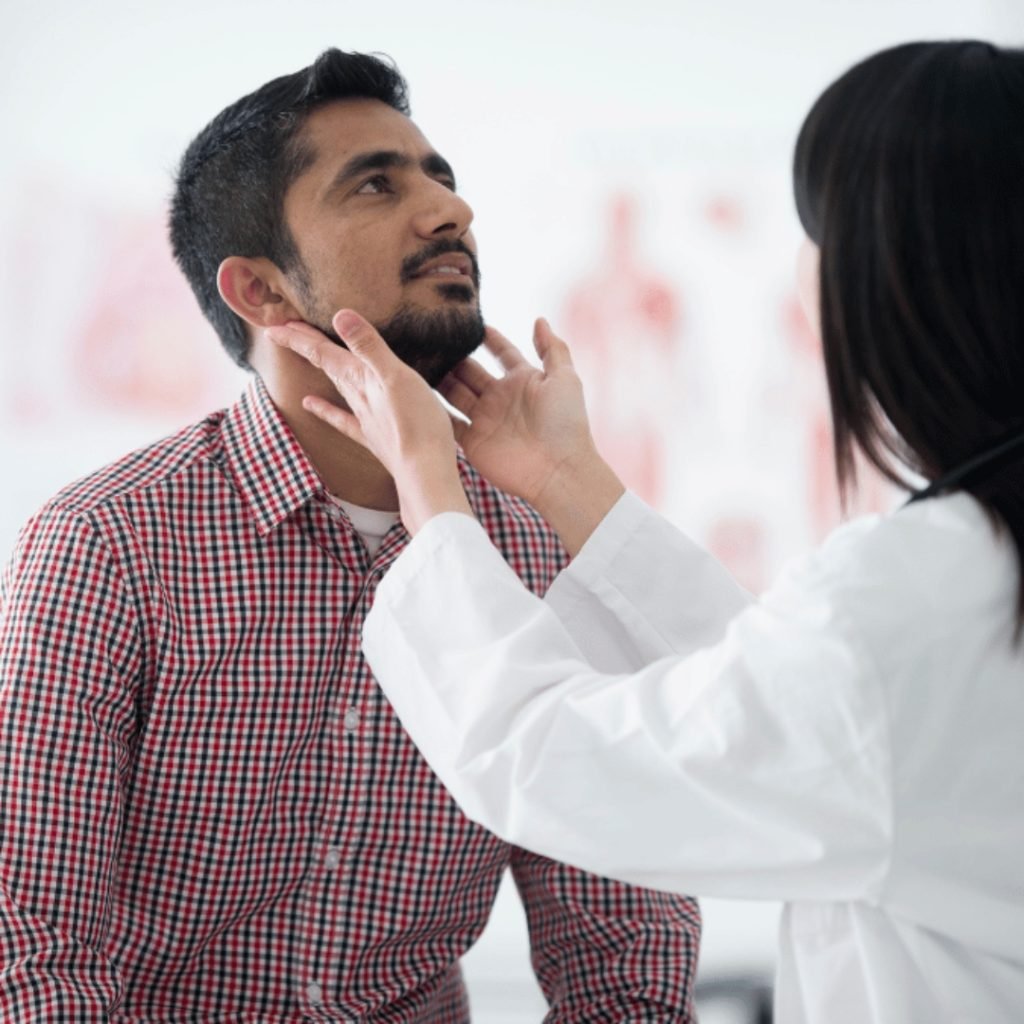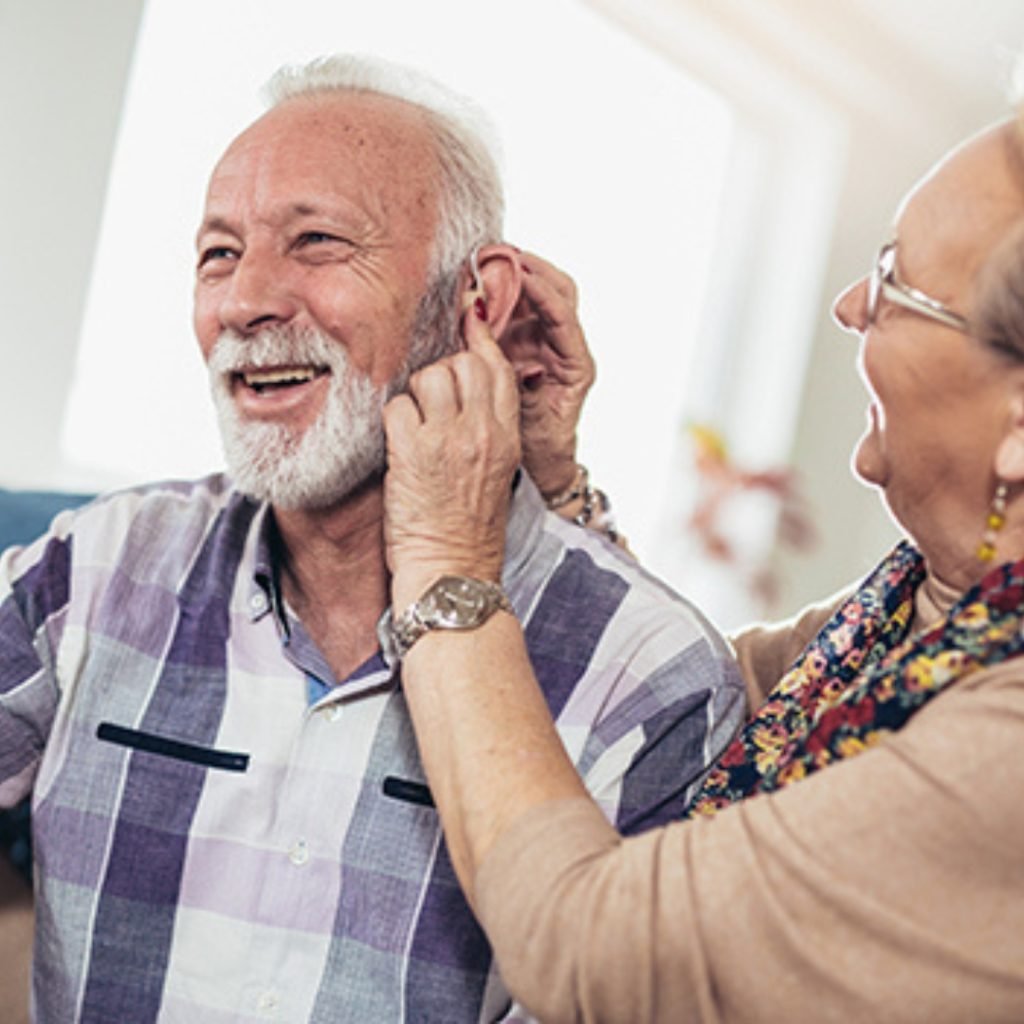All Departments

Mastoidectomy Surgery
Best ENT treatment centers for Mastoidectomy surgery
With ENT clinics and affiliated hospitals throughout the majority of the country’s main cities, Doxtreat is one of the most cutting-edge surgical service providers in India. Also, we have a group of skilled ENT surgeons with more than 10 years of expertise doing complex head and neck procedures including mastoidectomy, stapedectomy, tympanoplasty, etc.
We provide all of our customers modern medical care in addition to various supportive services including insurance assistance, cab service, complementary meals while in the hospital, no-cost follow-up visits, etc. Our top aim is making sure that everyone who receives care from us has a flawless course of treatment and a quick return to normal life.

What happens during a Mastoidectomy?
Diagnosis
Either a cholesteatoma or a serious mastoid infection can be treated with a mastoidectomy. As its symptoms are sometimes mistaken for those of other ear infections and issues, your ENT specialist must make a thorough diagnosis before developing a treatment strategy.
You could require a number of diagnostic procedures, including blood tests, imaging scans like an MRI or CT scan, and X-rays of your head and ears to confirm the diagnosis. The results of the scan will assist assess the degree of mastoid degeneration. You could also require a lumbar puncture or spinal tap if there’s a danger the illness has progressed to your skull.
Treatment
Your surgical therapy may change a bit depending on the seriousness of your disease. A straightforward mastoidectomy just removes the diseased portion of the bone, leaving the ear canal unaffected. To retain hearing function, your surgeon might need to connect your ear canal and mastoid bone if you require major surgery. This would include expanding the ear canal. A radical or modified mastoidectomy is the medical term for this procedure.
You might return home the same day as the procedure because local anaesthetic is typically used during surgery. The surgical incision is made behind the ear to reduce the appearance of the scar, and once the contaminated bone fragments are removed, the wound is stitched up and carefully bandaged. The entire process takes two to three hours to finish.

How to prepare for Mastoidectomy surgery?
The following guidelines should be followed in order to get ready for your mastoid ear surgery:
- Use your medications as directed. Do not self-medicate excessively or insufficiently before to surgery.
- Quit smoking two to three weeks before to surgery since nicotine and tobacco might cause scarring and slow recovery.
- Be sure to adhere to the food restrictions prescribed for your procedure.
- Make sure your surgeon is aware of any fever or discomfort you have the day before surgery so they can make the necessary preparations.
- As it is more comfortable, dress loosely during the procedure. Throughout the procedure, make sure you are not wearing any jewellery or cosmetics.

What to expect after a Mastoidectomy?
Within 24 hours following your operation, you will be allowed to leave the hospital and resume your normal activities. Depending on how severe the operation was, a mastoidectomy requires a full recovery period of between 6 and 12 weeks.
There may be some hearing loss following a radical mastoidectomy because the main purpose of the procedure is to drain the infection and prevent it from spreading to the skull. The majority of individuals do, however, report improved hearing following surgery

When is a Mastoidectomy required?
When a patient has a serious ear infection that has not improved after receiving the best medical care, a mastoidectomy is typically thought to be essential. Under these circumstances, there is a significant probability that the infection would progress to the skull and result in serious sequelae such meningitis, sepsis, facial paralysis, and total hearing loss.
If the patient develops a cholesteatoma, a noncancerous tumour beneath the eardrum, a mastoidectomy may also be necessary. A cholesteatoma often appears as cysts and is brought on by repeated middle ear infections. If not treated in a timely manner, it may enlarge and break the middle ear bones. If a person is having a mastoidectomy, it is also frequently necessary for cochlear implants.

How can a Mastoidectomy benefit you?
A mastoidectomy’s main objectives are to treat persistent middle ear infections, enable drainage for the pus-filled air holes in the mastoid bone, and stop the infection from spreading and harming the skull and other body parts irreparably.
If left untreated, a mastoid infection (also known as a cholesteatoma) can lead to significant side effects like sepsis, epidural abscess, brain abscess, facial paralysis, irreversible hearing loss, vertigo, dizziness, facial nerve damage, labyrinthitis, and meningitis.

Recovery and results after Mastoidectomy surgery
If no issues arise, you will be released from the hospital the same day with a bandage across the ear canal to protect it from moisture and other foreign objects. You can have a small amount of edoema near the operative eye. Due to the patient’s anesthesia-related side effects, vertigo, nausea, and vomiting are frequent on the first day.
After surgery, you can feel tinnitus, ear numbness, jaw stiffness, and discomfort for a few days. If you have a major mastoidectomy, you can potentially have balance problems for at least a week following the procedure.
You should heed the following advice if you want your mastoidectomy recovery to go more smoothly:
While bathing or taking a shower, avoid getting water in your ears. Do not wash your hair for at least 4-5 days.
After surgery, some blood and pus discharge is typical. Do not enter a Q-tip into the ear canal; instead, use it to clean the outer ear canal with hydrogen peroxide solution.
To ensure optimal healing, don’t irritate the incision for at least 7 to 10 days.
Keep your mouth open if you need to sneeze. Avoid holding your sneeze in as this could cause air pressure to build up in your ear canal.
Before blowing your nose, wait at least two weeks since doing so might cause the middle and inner ear structures that are mending to move from their appropriate places.
Do not miss a dosage; take your medications as directed.
Try to sleep on your back, or if you must sleep on your side, sleep with pressure on the side that hasn’t had surgery.
For at least a few weeks or until your ENT surgeon gives his or her okay, refrain from engaging in any vigorous activities or playing contact sports.
Without your doctor’s consent, never go swimming.
See your doctor right away for further treatment if you see any indications of problems
Types of Mastoidectomy
The least intrusive operation, a simple mastoidectomy, is typically used when only a little portion of the mastoid has to be removed. There is no hearing loss since the ear canal and middle ear components are entirely unharmed.
Mastoidectomy with canal-wall up (or tympanomastoidectomy)
In order to provide the surgeon better access to the middle-ear space below your eardrum, including your ossicles, more bone must be removed during this treatment than with a straightforward mastoidectomy. During this kind of surgery, the ear canal is often not affected.
Mastectomy with the canal-wall-down (or tympanomastoidectomy)
When the mastoid infection has irreparably affected the ear canal or when ear canal dissection is required for the operation’s effectiveness, a canal-wall-down mastoidectomy is done. Via a sizable opening known as the mastoid bowl or mastoid cavity, the surgeon joins the ear canal and mastoid bone. This makes it easier to have further drainage sessions down the road. Another name for this treatment is a radical or modified mastoidectomy. The procedure may cause considerable hearing loss due to the extensive excision of the ear canal that is necessary.
